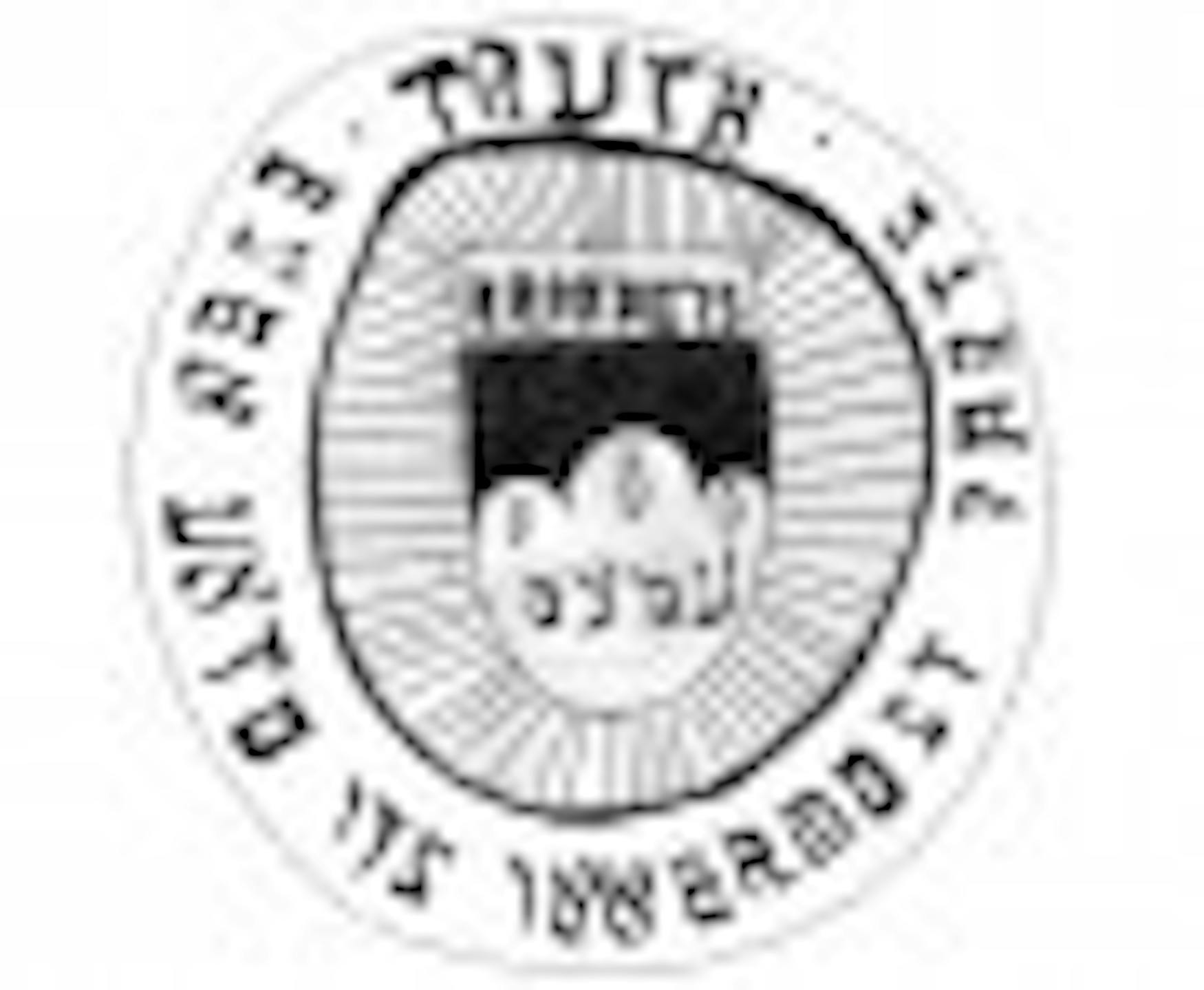Embrace the advantages of Yiddish studies
As I searched for courses last spring, I was burdened with a particularly heavy heart. I was in the midst of completing a course about the Holocaust, of which I seldom spoke but often thought. Having grown up in Texan public schools, I had been exposed only to a somewhat sanitized version of the Holocaust and was unprepared for the sheer scale and horror of the thing, especially as so clearly and elegantly revealed by our own Prof. Antony Polonsky (NEJS).
After a semester of nightmares, guilt and an impending sense of dread, I felt it my duty to the victims to carry more of their story with me-only as they would have told it, independently of the shadow of the Nazi regime. In short, I wanted to learn about the Jews of Europe in happier times, or at least different ones. I realized quickly that if I were to hear that story, it would have to be in Yiddish.
If my knowledge of the Holocaust was embarrassingly shallow, my understanding of Yiddish was even less mentionable. I had learned a couple of words since attending Brandeis, and I was aware that some of the names and sounds I had heard around-slightly Teutonic, yet a bit wry, more playful on the tongue-had to belong to that mysterious language.
Thus, when I came upon the course "Secular-isms: Yiddish Culture in the Modern World," I made it my top priority. It was the first course I enrolled in for fall 2010 and the one I pondered over most intensely all summer.
In order to save money on ink, I asked my mother to print out my numerous course readings on her industrial printer at work. Along with my readings, though, came a change in our nightly phone conversations:
"So is the Tevye you're reading about the same one in Fiddler on the Roof?"
I paused.
"Mom, have you been reading my coursework?"
She explained that it was boring just standing there waiting for it all to print out and that she had, indeed, secretly joined my Yiddish culture class, albeit from a distance. She read the folk tales, the short stories, the snippets of this and excerpts of that, and at night, I would discuss the lectures with her.
When I visited home, an informed viewing of Fiddler on the Roof took place, and then-voilOe-my dad and brother joined the secret Yiddish reading circle as well. And suddenly, the horizons of a few unassuming Texans for whom Yiddish had only ever been something to come up now and then on Seinfeld expanded dramatically.
I could never have expected Yiddish culture to be so infectious, but in hindsight, the source is clear: the contagious passion of my professor, Prof. Ellen Kellman (NEJS). Every day, Kellman brought all of the sensory elements of Yiddish culture to an upstairs classroom in Lown: photographs of her travels, songs (some recorded, others performed for us), paintings, poems, films, newspaper articles and scholarly works, autobiographies and fragments of history, all of which combined to create the stunning image of a single person bringing a culture in decline back to life.
But the wonder extends beyond the beauty of Yiddish culture itself. This course and many other Yiddish courses offered at Brandeis exist, to a degree, against some odds. Yiddish isn't a common subject to find offered at American universities, and even here at our school, the department has never so much as enjoyed a chair. You'll find no Yiddish major or minor.
Throw in the fact that Yiddish is only spoken by about 2 million people worldwide-compared to the 11 to 13 million speakers who lived on the eve of World War II-and one might be led to believe that Yiddish is a language and way of life nearing its end.
The wonder and richness of the course was almost magical, creating daily in me the sense that I had discovered some sort of Atlantis, a world with textures, thoughts and traditions both foreign and familiar. Yiddish has begun to reveal itself to me in the unlikeliest corners of daily life: a word here, a phrase there, its sounds and suggestions unique and vibrant.
In a semester, a single course in Yiddish culture changed my family and me. As an exorcism for the turmoil bred by my Holocaust course, it has been more invigorating than soothing-and, for that reason alone, I would urge anyone to look into Yiddish studies at Brandeis.



Please note All comments are eligible for publication in The Justice.